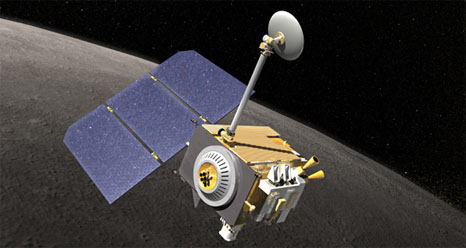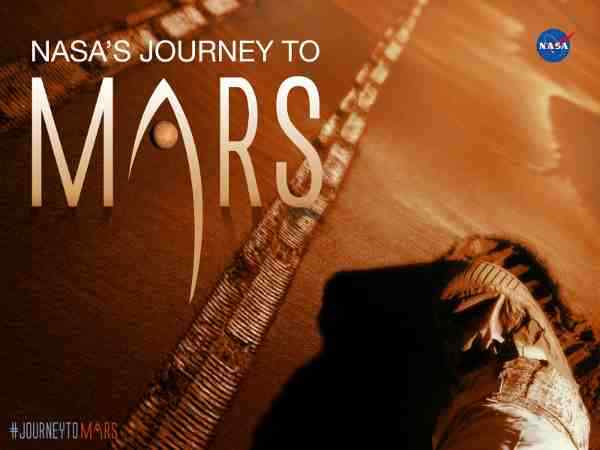Hello, Are You Calling from the Moon?
Hello, are you calling from the Moon?
No reply.
Believe it or not…Moon and Mars keep nearly half of the scientists busy on earth. You’ll hear the news of some activity on these remote planets every now and then, though nothing worthwhile ever happened there.
News is coming once again. New images from NASA’s Lunar Reconnaissance Orbiter (LRO) spacecraft show the moon’s crust is being stretched, forming minute valleys in a few small areas on the lunar surface. It was announced by NASA today, Feb. 20.
Scientists propose this geologic activity occurred less than 50 million years ago, which is considered recent compared to the moon’s age of more than 4.5 billion years.
[ Also Read: Can Twitter Cover Moon, Mars and Jupiter? ]A team of researchers analyzing high-resolution images obtained by the LRO Camera (LROC) show small, narrow trenches typically much longer than they are wide. This indicates the lunar crust is being pulled apart at these locations, says NASA.
These linear valleys, known as graben, form when the moon’s crust stretches, breaks and drops down along two bounding faults. A handful of these graben systems have been found across the lunar surface.
[ Also Read: Scientists Exploring Possibility of Life on Mars ]“We think the moon is in a general state of global contraction because of cooling of a still hot interior,” said Thomas Watters of the Center for Earth and Planetary Studies at the Smithsonian’s National Air and Space Museum in Washington, and lead author of a paper on this research appearing in the March issue of the journal Nature Geoscience.
“The graben tell us forces acting to shrink the moon were overcome in places by forces acting to pull it apart. This means the contractional forces shrinking the moon cannot be large, or the small graben might never form.”
[ Also Visit: RMN Company – Connecting Communities ]The weak contraction suggests that the moon, unlike the terrestrial planets, did not completely melt in the very early stages of its evolution. Rather, observations support an alternative view that only the moon’s exterior initially melted forming an ocean of molten rock.
As the LRO mission progresses and coverage increases, it’s believed that scientists will have a better picture of how common these young graben are and what other types of tectonic features are nearby. The graben systems the team finds may help scientists refine the state of stress in the lunar crust.
The research was funded by the LRO mission, currently under NASA’s Science Mission Directorate at NASA Headquarters in Washington. LRO is managed by NASA’s Goddard Space Flight Center in Greenbelt, Md.
In the picture above: Artist concept of the Lunar Reconnaissance Orbiter.
Photo courtesy: NASA






